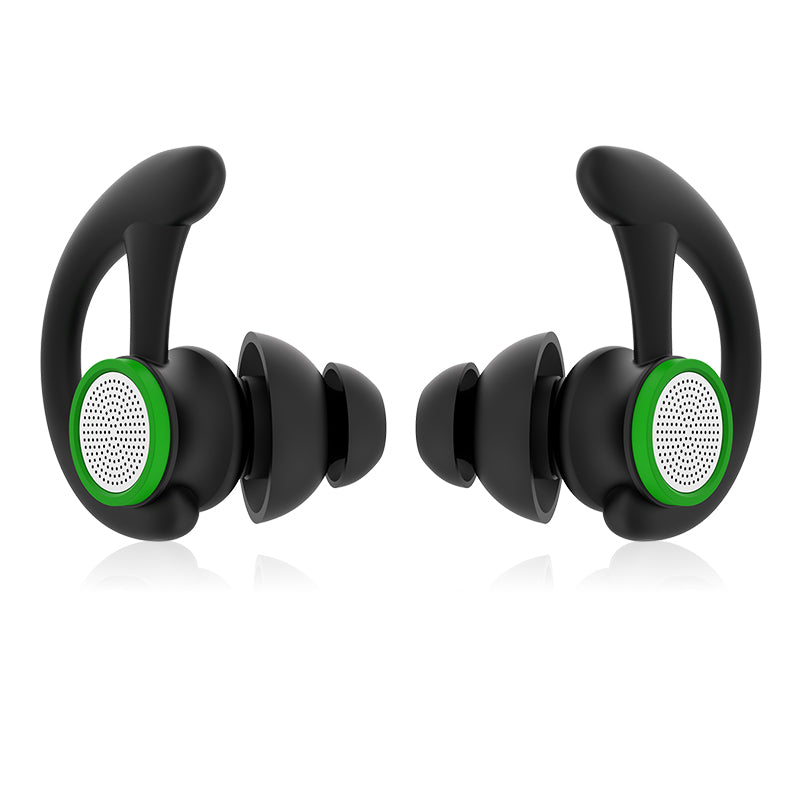Swimming is a popular activity that offers numerous health benefits. However, it is essential to protect your ears from water and potential infections. This is where swimming ear plugs come into play. In this article, we will explore the importance of finding the perfect fit for your swimming ear plugs and provide you with valuable tips to make the right choice.

The Importance of Finding the Perfect Fit
When it comes to swimming ear plugs, finding the perfect fit is crucial for both comfort and effectiveness. Ill-fitting ear plugs can cause discomfort, pain, and even lead to water leakage, defeating their purpose. Therefore, it is essential to understand the factors that contribute to the perfect fit.
Factors to Consider
There are several factors to consider when choosing swimming ear plugs:
- Material: Swimming ear plugs are typically made from silicone, rubber, or foam. Each material has its own advantages and disadvantages. Silicone ear plugs are durable and reusable, while foam ear plugs provide excellent noise reduction. Rubber ear plugs are often more affordable but may not offer the same level of comfort.
- Shape and Design: Ear plugs come in various shapes and designs to accommodate different ear sizes and shapes. Some ear plugs are molded to fit the outer ear, while others are inserted into the ear canal. It is important to choose a design that suits your preferences and provides a secure fit.
- Size: Ear plugs are available in different sizes to fit various ear canal sizes. It is crucial to choose the right size to ensure a comfortable and effective seal. Trying out different sizes and shapes can help you find the perfect fit.
- Waterproof Seal: The primary purpose of swimming ear plugs is to create a waterproof seal that prevents water from entering the ear canal. Look for ear plugs that have a tight seal without causing discomfort. A good seal will also help reduce the risk of ear infections.
Finding the Perfect Fit: Tips and Tricks
Now that you understand the importance of finding the perfect fit, let's explore some tips and tricks to help you make the right choice:
1. Try Different Types
Experiment with different types of swimming ear plugs to find the one that suits you best. Remember, what works for someone else may not work for you. By trying out different materials, shapes, and designs, you can determine which type provides the perfect fit and comfort.
2. Consider Your Swimming Environment
Consider the swimming environment you will be in when choosing ear plugs. If you swim in open water or frequently encounter strong currents, you may need ear plugs that provide a more secure seal. On the other hand, if you swim in a controlled pool environment, you may prioritize comfort over a tight seal.
3. Seek Professional Advice
If you are unsure about which swimming ear plugs to choose, seek advice from a healthcare professional or an audiologist. They can assess your specific needs and recommend the best options for you. Professional guidance can be especially helpful if you have any pre-existing ear conditions or concerns.
4. Read Reviews and Seek Recommendations
Before making a purchase, read reviews from other swimmers and seek recommendations from friends or fellow swimmers. Their experiences can provide valuable insights into the comfort, effectiveness, and durability of different swimming ear plugs. However, keep in mind that personal preferences may vary, so it is important to try the ear plugs yourself to determine the perfect fit.
Conclusion
Finding the perfect fit for your swimming ear plugs is essential for a comfortable and enjoyable swimming experience. Consider the material, shape, size, and waterproof seal when making your choice. Remember to try different types, consider your swimming environment, seek professional advice if needed, and read reviews to make an informed decision. By finding the perfect fit, you can protect your ears and fully enjoy the benefits of swimming.
Links to Credible Sites:
For more information on choosing the right swimming ear plugs, you may find the following sites helpful:







